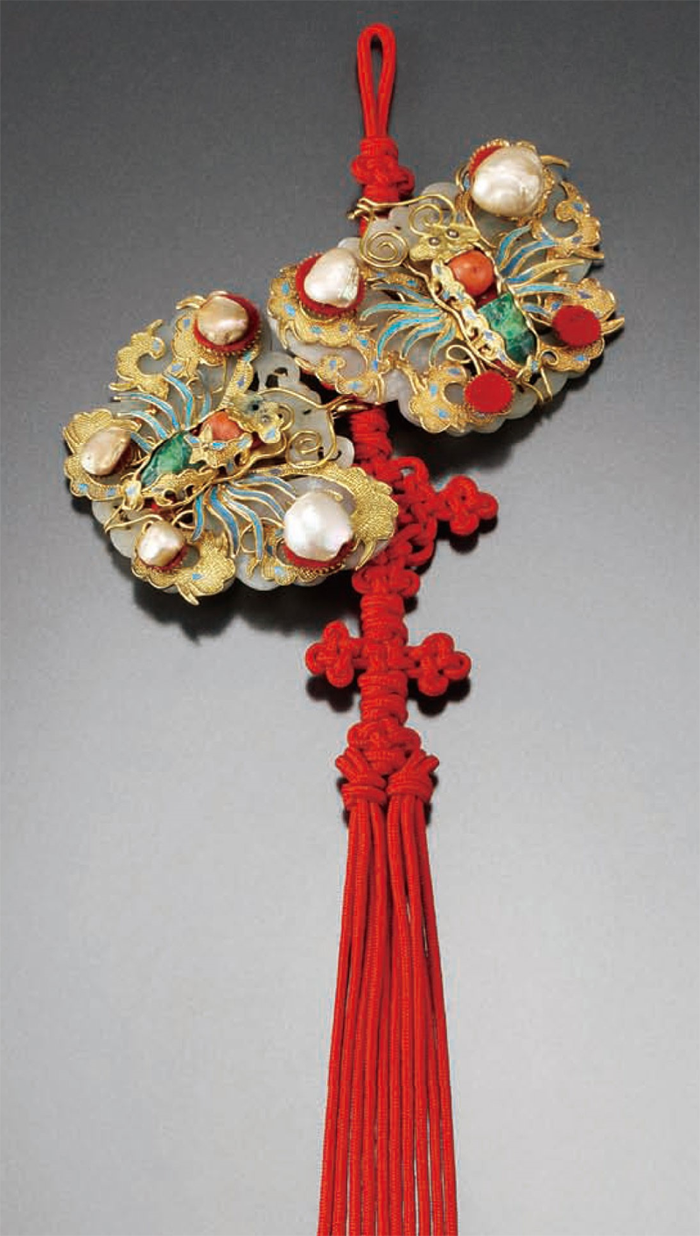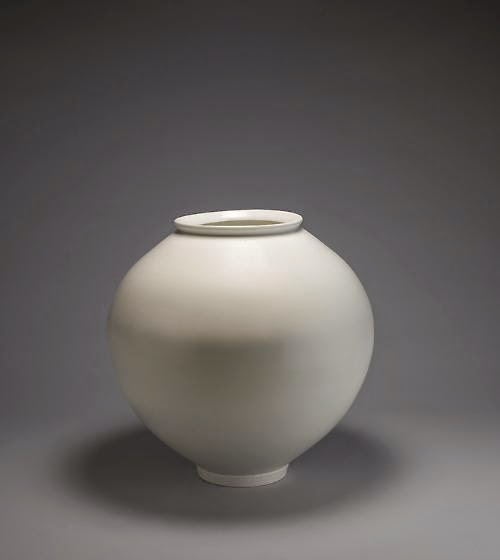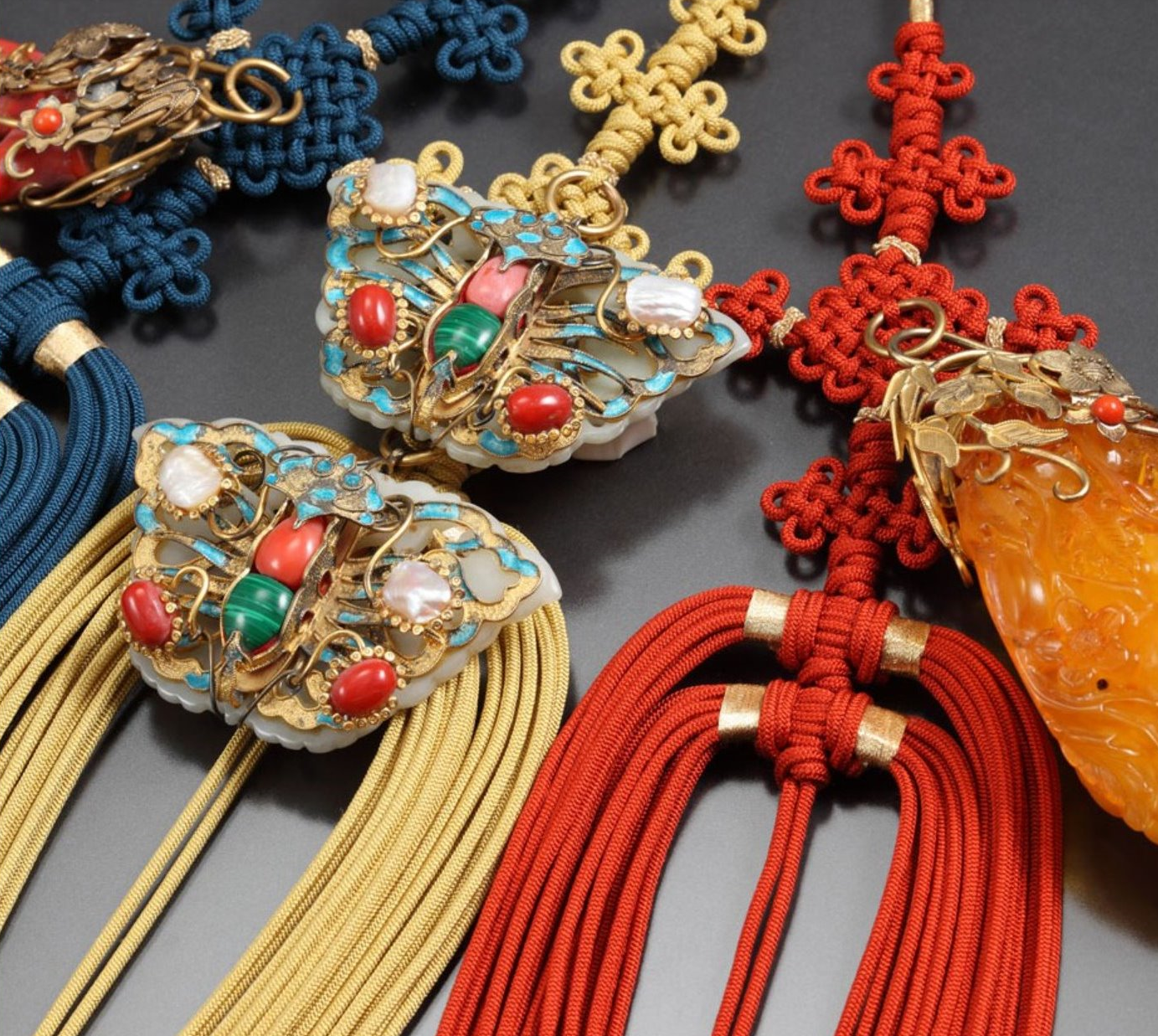White Jade Double Butterfly Norigae
Norigae [Norige] is a Korean traditional knot craft for women’s accessories.
This Norigae is made about 90 years ago.

White Jade Double Butterfly Norigae
Norigae [Norige] is a Korean traditional knot craft for women’s accessories.
This Norigae is made about 90 years ago.

 | The Joseon [Josən] Dynasty was the time of white porcelain. It was believed that white porcelain matched the ideology of Neo-Confucianism, The aesthetic of white porcelain lies in the dignity and elegance of its appearance and There is a full spectrum of white, including the white of winter snow, the white with bluish The white of Joseon white porcelain is the one that can embrace all. The white lust of white porcelain attracts the viewers into the images on its surface, |


The various shapes of knots created by yarns or strings are the major products of the Korean traditional sewing craft. Each thread of raw silk is processed and dyed in natural dyes. The knots have been widely used on Norigae, carries, kites, bedding, tassels and fans used by anyone of any age. Due to its various uses, each type of knot is created rigorously, requiring perseverance and tenacity.